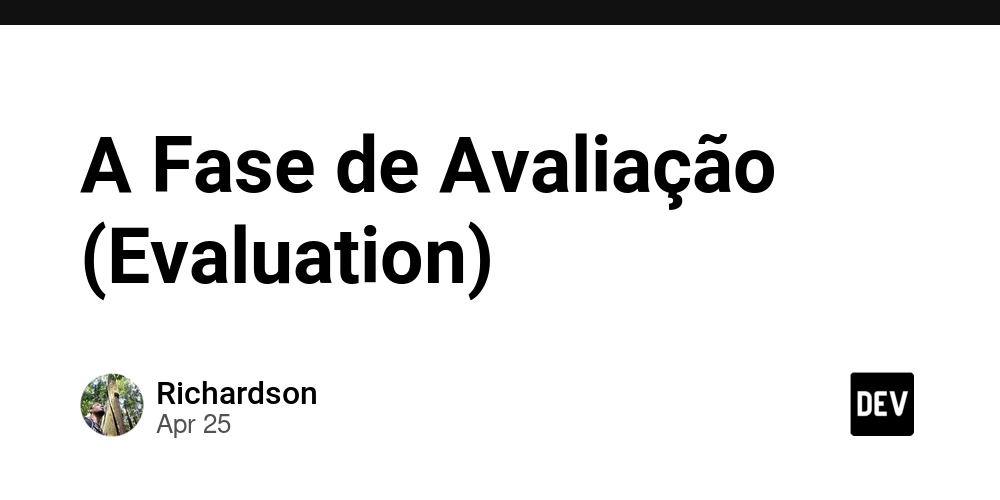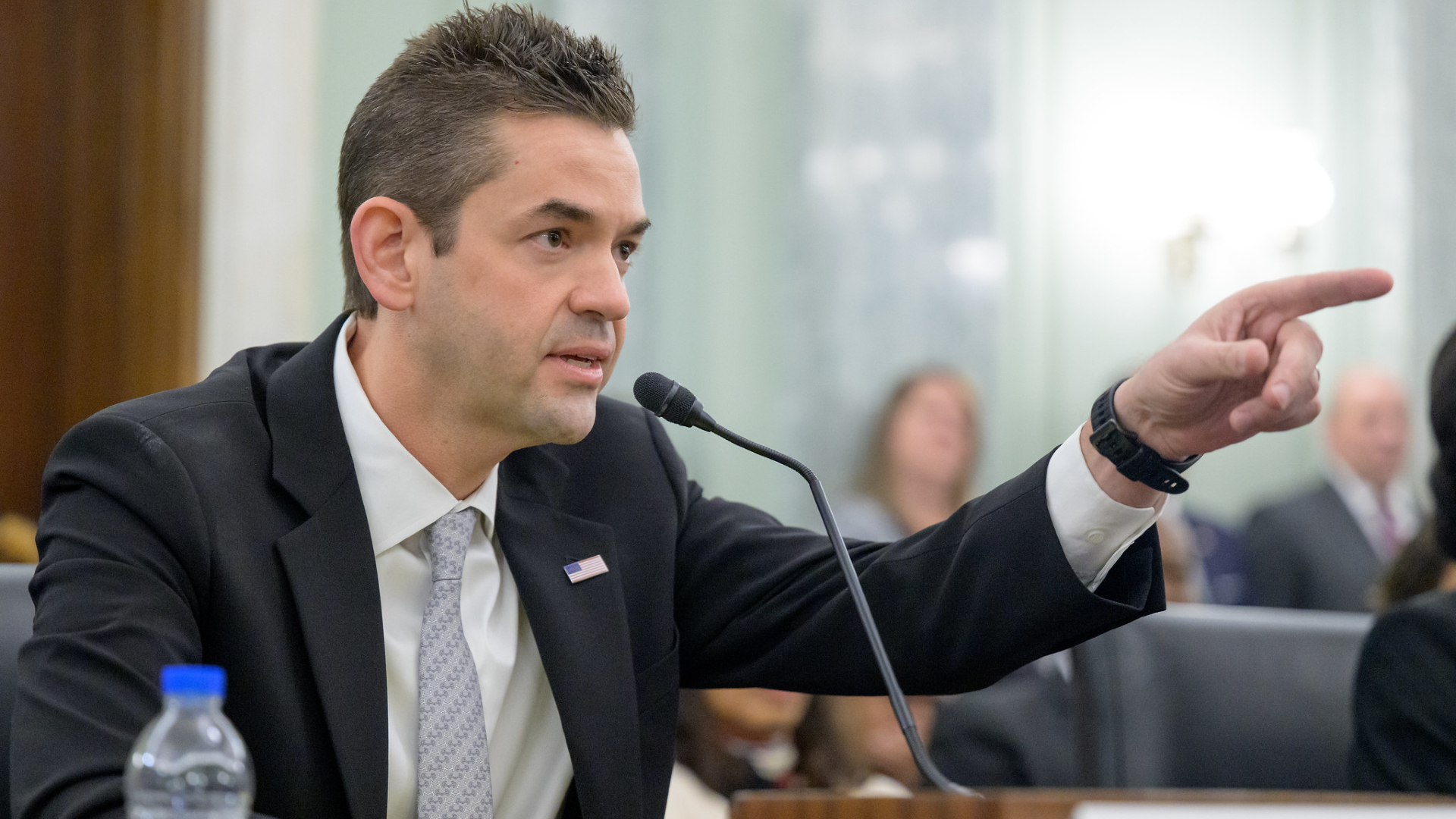What I learned building an AI tool for my own kids (and millions more worldwide)
A recent survey found that 88 percent of U.S. parents believe AI is essential to their children’s education, but most aren’t even sure whether the technology is being used in their child’s classroom.


Key points:
- Building an app for kids came with unique challenges
- A new era for teachers as AI disrupts instruction
- With AI coaching, a math platform helps students tackle tough concepts
- For more news on AI tools for kids, visit eSN’s Digital Learning hub
A recent survey found that 88 percent of U.S. parents believe AI is essential to their children’s education, but most aren’t even sure whether the technology is being used in their child’s classroom.
One promising way AI can be integrated into children’s learning is in the form of autonomous, personalized tutors that children can use at home or at school. With the global shortage of K-12 teachers reaching an estimated shortage of 40 million by 2030, there’s a big opportunity for AI to step in and help close this gap.
As a dad of young kids and co-founder of an AI educational app, I’ve taken the full journey of identifying a gap in education through my own children’s experience, and developing an AI solution tailored entirely to young learners.
Our team spent years refining this complex and sensitive technology, and I’d like to share the key lessons we’ve learned along the way with other founders.
Throw out the traditional app playbook
When my family and I moved from Siberia to California in 2014, my daughter Sofia had to adjust to a whole new language at preschool. Watching her struggle, I realized language-learning tools just weren’t designed for kids. They often involved reading (which she couldn’t do yet), they felt too much like work, and they didn’t offer speaking practice–critical for kids learning a new language.
As my co-founder and I began developing a solution, we quickly saw it would require a completely different approach to adult-focused platforms like Duolingo. Preschoolers don’t learn through drills or repetition–they learn through immersion, play, and discovery.
In the early stages of developing any educational AI app for children, you have to be highly critical of existing offerings–why are adult apps not suitable for young minds? Do they require more dexterity and attentiveness than is usual for a child?
Study the existing literature on the intersection between children’s learning and advanced tech features. We soon discovered academic research showing how multimodal AI tutors and animated pedagogical agents can outperform traditional learning tools.
You also have to have a considerate roadmap for getting early children testers. In our case, most early users were from a relatively close circle. We were able to start in-house, with my co-founder’s preschool-aged son and my daughter. Others were the kids of my wife’s clients, and we also posted in Bay Area Facebook groups inviting parents who were interested in having their children participate in early tests.
Starting with your own network brings an element of trust and accountability to the founders’ relationships with early users and their caregivers.
Jump through all the extra hoops
Building an app for kids came with unique challenges. First, kids’ voices are much harder for existing Automatic Speech Recognition (ASR) systems to understand than adult voices. You might’ve seen toddlers struggle to get Alexa to respond correctly! Young kids’ vocal cords are smaller and not fully developed. They speak with a higher pitch, mispronounce words (or scream or sing them), emphasize the wrong parts of a sentence, and use less complete grammar–all of which throws off speech recognition systems built for adults.
In these cases–when the available training data for human biomarkers is over-indexed on adults–you’re likely going to have to source your own training data and develop proprietary systems to process children’s inputs. We ended up building our own ASR system just for kids, which we trained on over 5,000 hours of children’s voice data from around the world.
It’s a lot of work, but having this kind of proprietary tech becomes a huge differentiator between you and competitors. You may end up with a more advanced system than even big tech companies, as well as a foundation for more expansive features.
Children’s products also have to be much more limited in their output than many powerful LLMs and text-to-video models we see today, and you will have to refine your model accordingly. We deliberately fine-tuned Buddy’s responses to keep it focused on helping kids with English without veering off into irrelevant conversations.
Responsible product development requires you to protect children’s data and privacy by meeting COPPA and other comparable standards. To become COPPA compliant you must build every element, from data collection to interactive design, in adherence to the highest standards of safety and ethics.
Look globally
Hundreds of millions of children around the world receive inadequate education or learning support. Affordable and accessible tech stands to open up opportunities for them. Over half of the world’s population owns a smartphone, so software tailored to children’s learning needs could offer educational opportunities for low or no cost, in the home.
For example, English fluency can be a lifechanging skill in terms of job opportunities, quality of life, and finances. But you get the best results by acquiring a language before the age of 7, so it’s vastly beneficial to have early access to learning tools catered to children.
Before we built our app, we tried to support my daughter with online tutors, which helped a bit but weren’t really a long-term solution. With fees for private language tutors starting at about $20 per hour, they can be prohibitively expensive for most families. That’s when I knew an interactive AI tutor could be an affordable alternative not just for me but for others with limited means.
Consider how your technology can help level the playing field and lower costs not just close to home, but in other contexts and communities. By making your edtech tool language agnostic, or offering it in multiple languages–all the more achievable with modern AI technology–you may be able to support more children worldwide.
At its core, my advice to those looking to build impactful educational AI for children is this: Pick a problem you care about deeply, and don’t be afraid to take a unique path. It may require a heavy lift up front, but if your product can truly make a difference, every challenge is worth it.






































































